
10 of the biggest real-life casino heists of all time
This story was produced by OLBG and reviewed and distributed by Stacker Media.
10 of the biggest real-life casino heists of all time
You may feel you've been robbed at an online casino before now. But sometimes, in the physical world, the tables get turned and not in a fair way. OLBG compiled a list of the 10 biggest casino heists of all time, chronicling when players didn't play by the rules and the house lost in the end.
Casinos employ numerous strategies to keep players engaged, including ambient tricks that can significantly boost their earnings, such as perfuming the air, a tactic proven to increase slot revenue by 45% in one Vegas casino. Despite these tactics, some players seek ways to outsmart the system, which is designed to ensure the house always wins. Cheating attempts from card counting to more elaborate schemes have been explored, but maintaining an advantage requires flawless execution. Researchers are now investigating if quantum entanglement could potentially offer an edge in games like blackjack.
However, Jeff Jonas, a data scientist, notes that casinos are adept at detecting cheating through sophisticated surveillance technologies, such as his NORA software, which analyzes data to identify fraud. Ultimately, without the ability to legally or effectively cheat, individuals are left with few options to beat the casino, leading some to avoid gambling altogether or, in extreme cases, attempt heists. These dramatic endeavors, often glorified in Hollywood casino movies, highlight the extreme lengths some will go to in trying to gain an upper hand against the meticulously calculated odds of casino games.

The Crown Casino Heist: $33M
The 2013 heist at Crown Casino is the largest and most Hollywood-esque operation on this list. Millionaire New Zealand businessman James Manning was invited by a VIP services manager at the Crown Casino in Perth, Australia, to play in the high rollers' room. Manning won eight hands of blackjack, winning a total of $33 million. As it turns out, his luck was the result of breached security cameras and card signaling from the same VIP services manager who recruited him to play. Because Manning never cashed out his fraudulent winnings, the Crown Casino was able to remove him from the premises later that evening and keep the heist under wraps.
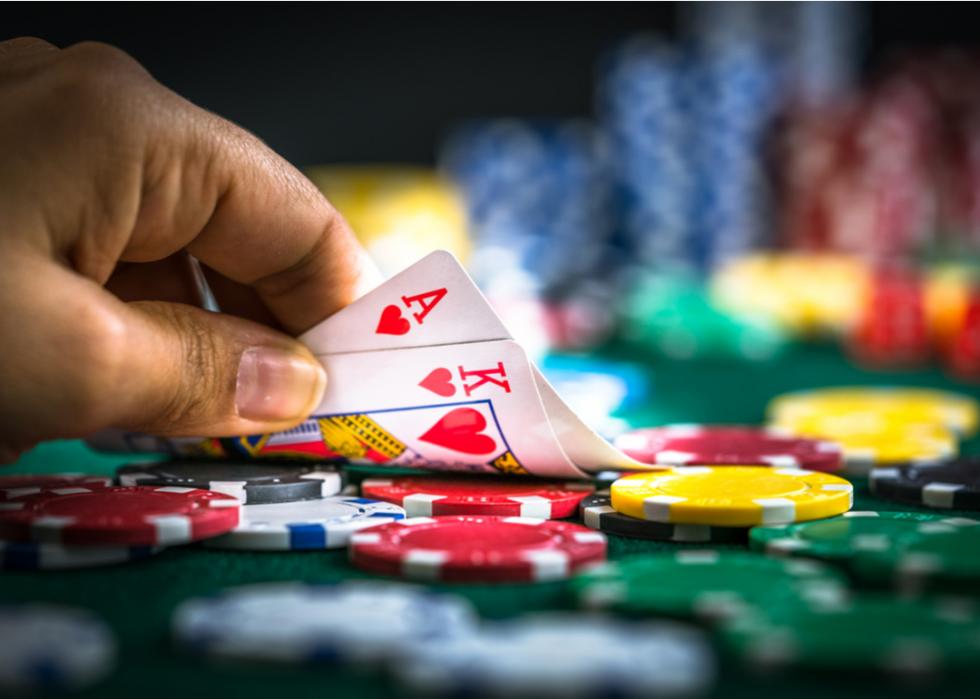
MIT Blackjack Team: $22M to $57M
This story is a heist by way of card counting—and since it's technically not illegal, it might be most accurate to just call these winnings. According to Bill Kaplan, the founder of the MIT blackjack team, blackjack is the only game you can truly win through statistical analysis—probabilities change with every card the dealer plays. So Kaplan put together a team of students from Harvard, MIT, Princeton, and the University of Chicago, teaching them to count cards and employ strategy. Over the course of two decades, the team won tens of millions of dollars from casinos across the world playing blackjack. Report totals range from $22 million to $57 million.
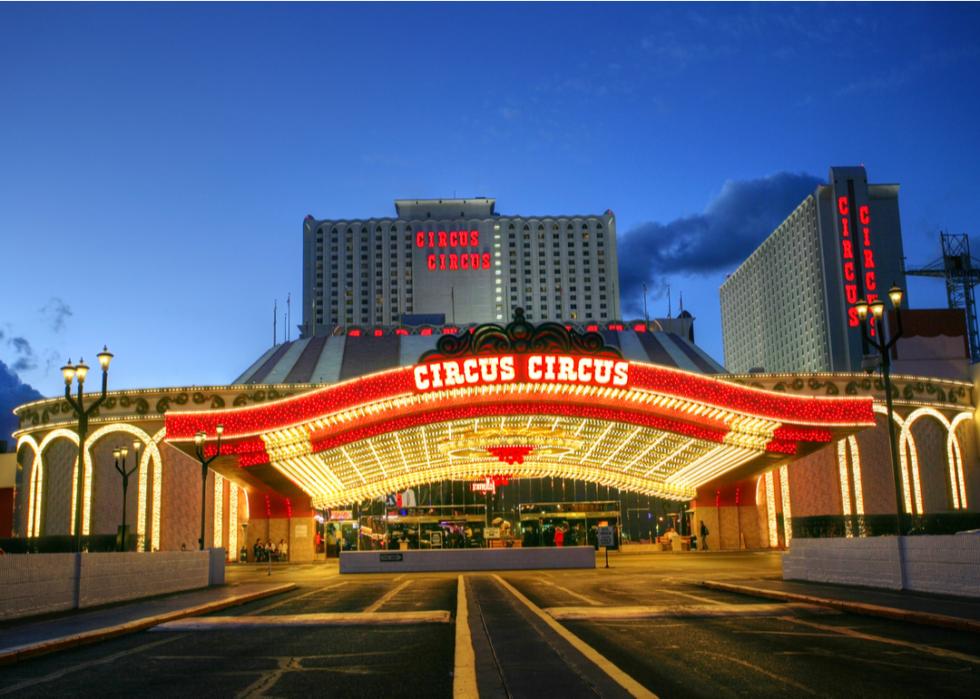
Circus Circus Heist: $3M
In 1993, Heather Tallchief proved that not every heist needs to involve camera breaches, cheating, or an elaborate scheme. Under the advisement of her boyfriend, Roberto Solis—a convicted murderer released from prison thanks to his award-winning poetry—Tallchief got a job with Loomis driving armored vehicles in Las Vegas transporting cash to fill casino ATMs. While making a routine stop at the Circus Circus casino, Tallchief drove away with roughly $3 million while the other transport guards were inside. Tallchief and Solis moved out of the country until 2005 when she eventually turned herself in. Tallchief claims she separated from Solis and only received $1,000 of the multimillion-dollar heist. Authorities have still not been able to locate Solis.
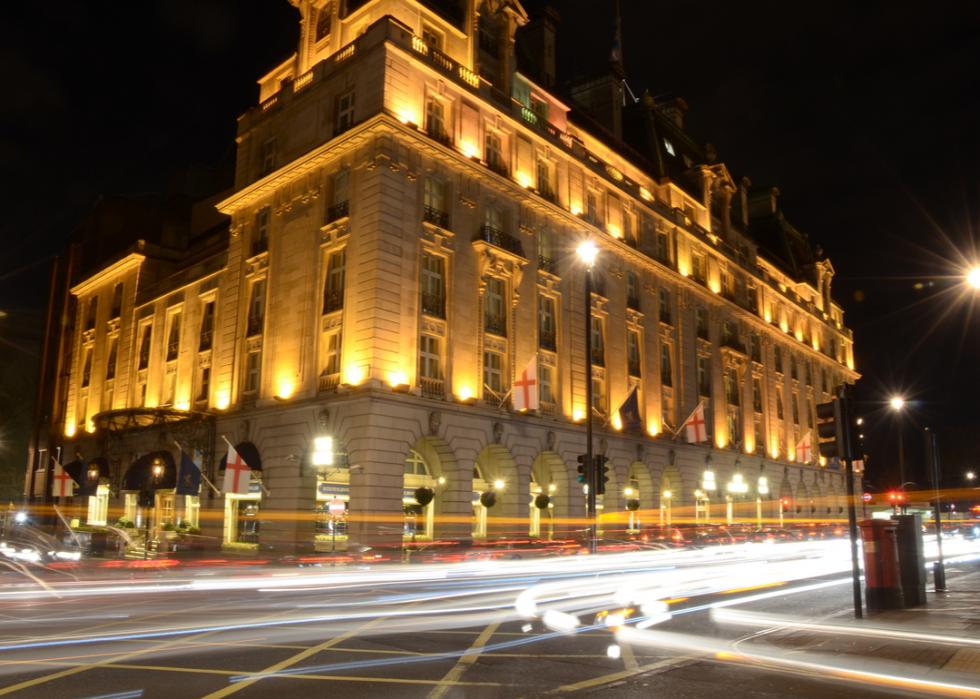
Ritz Casino, London: $1.7M
While statistics and probabilities will not give you an advantage in roulette, three people proved that physics certainly can. In 2004, a group of gamblers used laser scanners and microcomputers to calculate the ball's orbital decay, or where it would land. This strategy is known as sector targeting. After a nine-month investigation, police concluded no crime was committed and the players were returned their winnings. The use of smartphones makes this type of cheating easier to carry out and more difficult to detect. But this wasn't the first time sector targeting was attempted. Graduate physics students at the University of California, Santa Cruz employed a more rudimentary version of this technology in the late 1970s, hiding the system under their clothes.
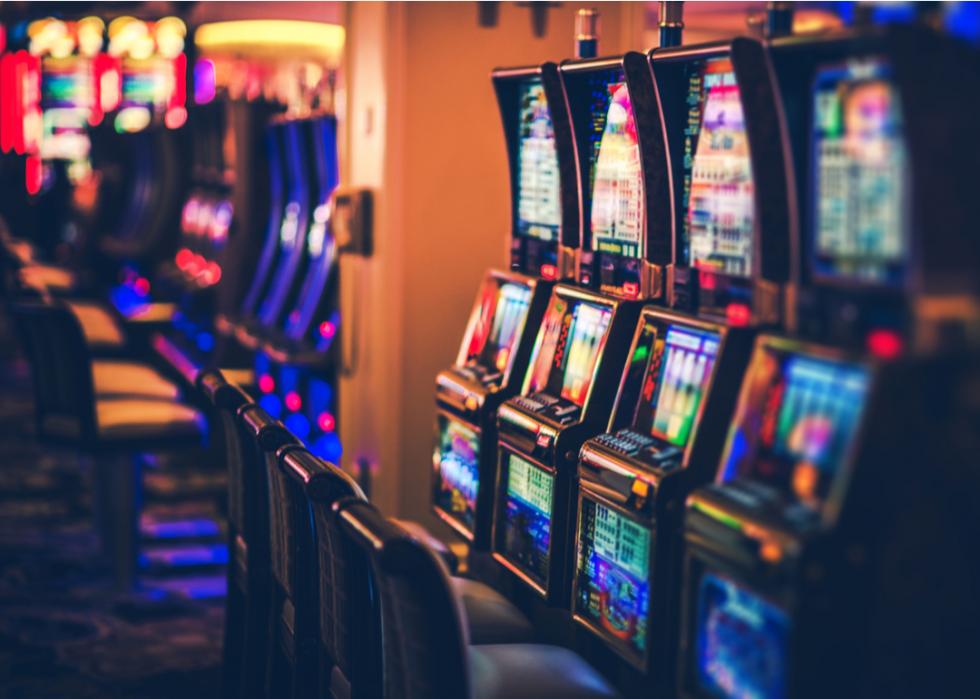
Soboba Casino: $1.5M
As evidenced by the list so far, many heists are inside jobs. In 2007, a Soboba Casino surveillance technician named Rolando Luda Ramos walked into work, hog-tied his coworkers, and took a little over $1.5 million from the casino vault. He and his getaway driver, Eric Aguilera, were apprehended 48 hours later.
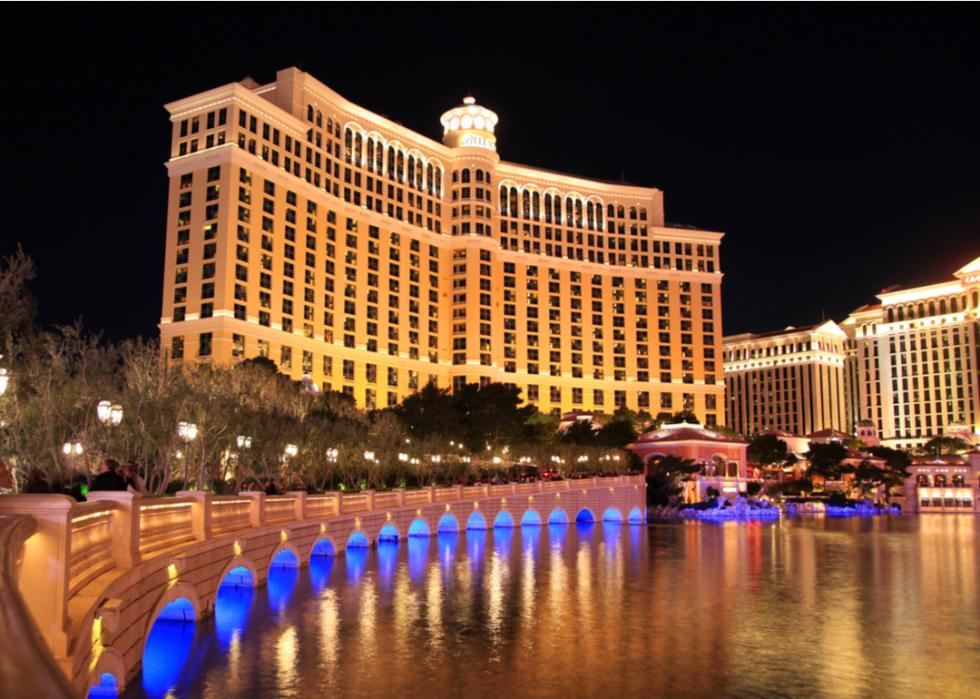
Bellagio, Las Vegas: $1.5M
While the Bellagio "Biker Bandit" may seem like the kind of person who chases Kevin McCallister around abandoned buildings at Christmastime, ("Home Alone," anyone?), this real-life thief carried out one of Las Vegas' most brazen robberies. In 2010, Anthony Michael Carleo, the son of a Las Vegas judge, walked into the Bellagio wearing a motorcycle helmet, brandished a gun, and made off with $1.5 million worth of chips off a craps table. Just days earlier, Carleo had stolen $20,000 worth of chips from the Suncoast Hotel & Casino in the same manner. Ironically, Carleo does have one thing in common with the criminals from "Home Alone": he couldn't resist taking credit for the crime, which ultimately led to his capture.
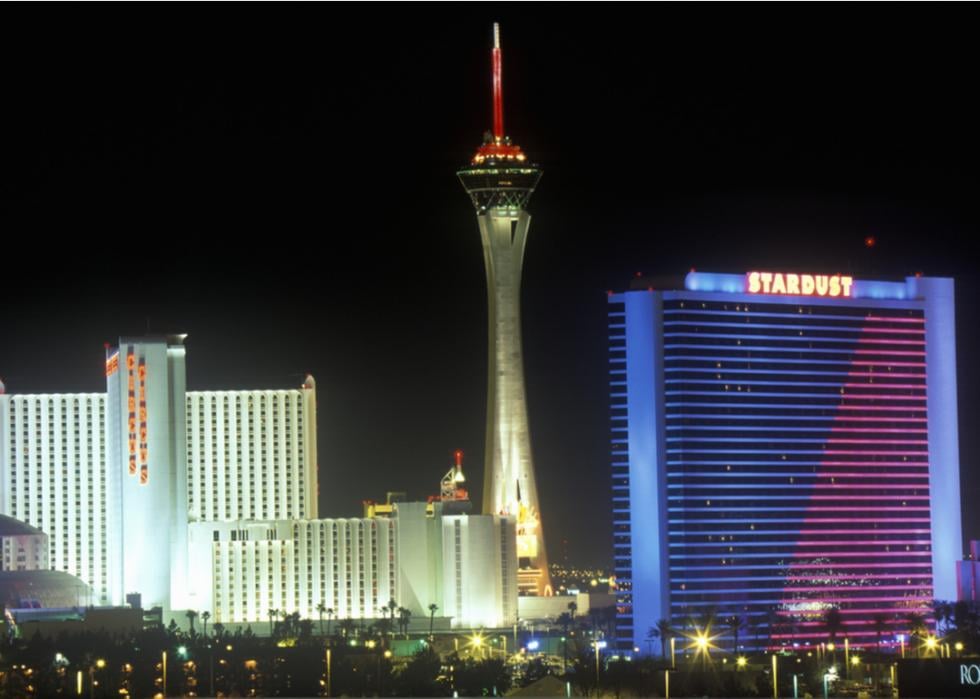
Stardust Casino: $500K
While maybe not the flashiest heist on the list, the story of the Stardust Casino is certainly the most mysterious. In 1992, Bill Brennan, a cashier at the Stardust, was assigned to count the money from the sportsbook, which ended up totaling $500,000. And then he simply walked out with the money—half in cash, the other in casino chips. Brennan was placed on the FBI's Most Wanted list until 2006 when the Stardust closed and his case was dismissed. The crime remains unsolved and neither the money nor Brennan have been seen since that day.
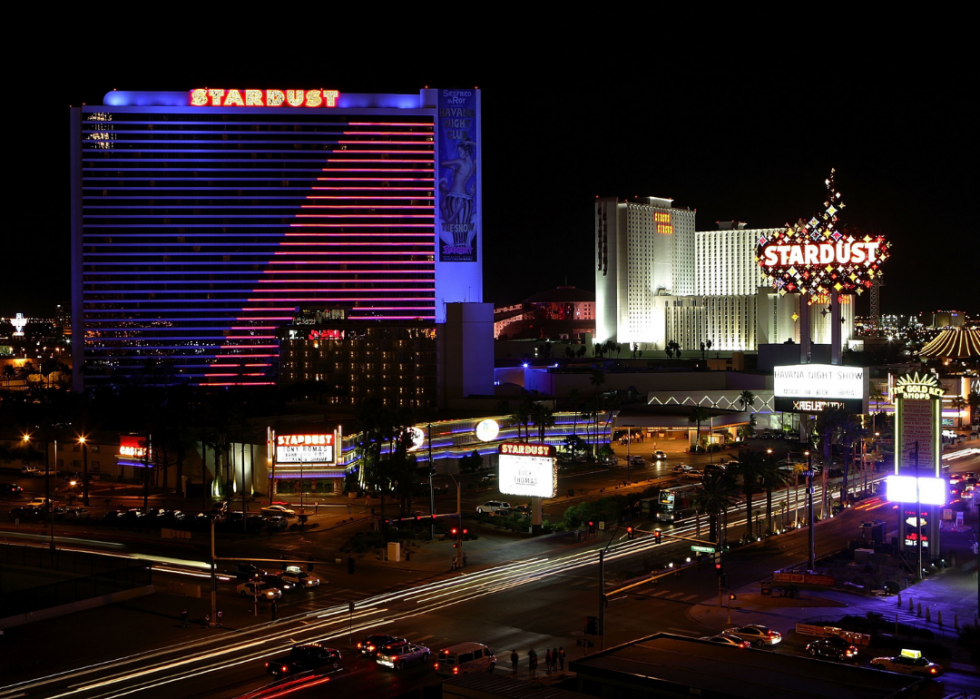
Stardust Casino: $1.1M
If we're assigning superlatives to the heists on this list, this other 1992 robbery of the Stardust Casino may be the most theatrical involving an inside job, a family crime ring, and some smoke bombs. In 1991, a Stardust security guard named Royal Hopper used his two sons as "fake" robbers in order to steal $150,000. With a taste for this type of crime, six months later, Hopper and his two sons attacked a guard carrying $1.1 million in cash and checks from an armored truck and used smoke bombs to conceal their escape.
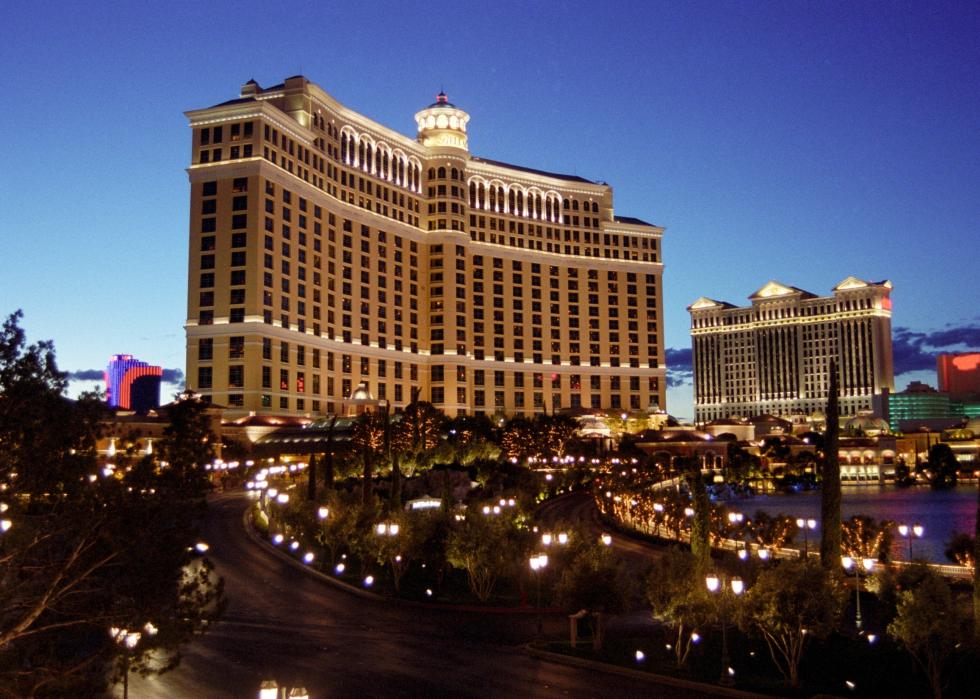
The Bellagio (Las Vegas): $160K
Jose Vigoa's heist of the Bellagio in 2000 was the last in a two-year crime spree. Donning bulletproof gear, Vigoa hopped the cashier counter and stuffed a bag with $160,000 worth of casino chips. Despite his protective clothing, Vigoa, a former commando in the Cuban Revolutionary Armed Forces, didn't even attempt to conceal his face, covering the most important thing of all: his identity. He was apprehended shortly after and is currently serving four life sentences for multiple robberies and the murder of two armored truck guards.
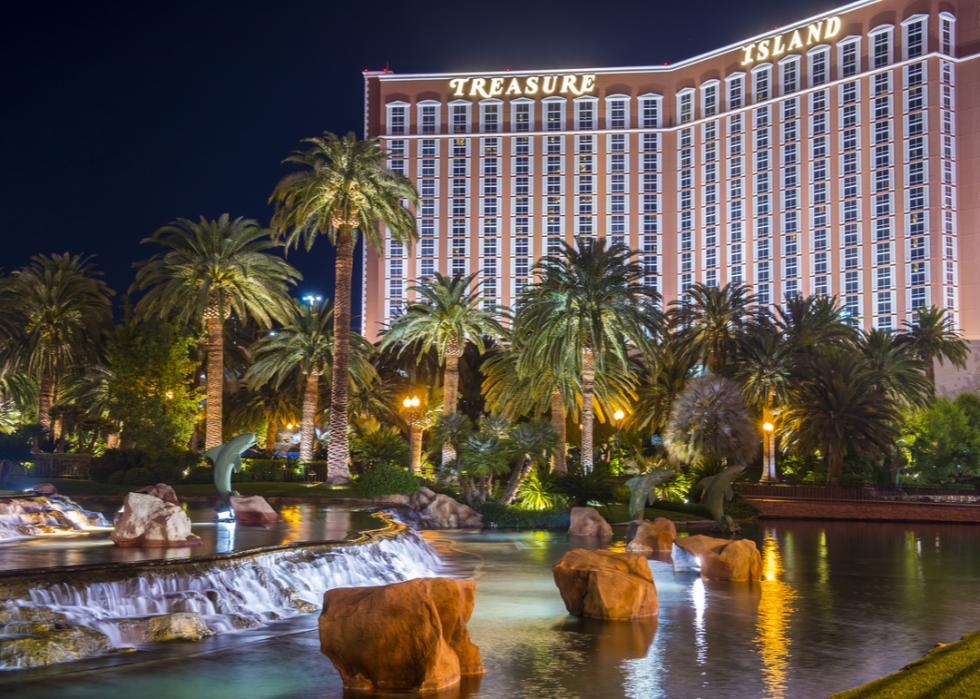
Treasure Island: $30K
Just the thought of robbing a casino—not a fleeting fantasy about being rich or living out a George Clooney movie, but a thought you intend to act on—is completely unrelatable to most people. To actually make an attempt is outside the average person's comprehension. To make three attempts at the same casino in a calendar year is a reckless impulse only one person on Earth could have ever entertained: Reginald Johnson. Johnson robbed Treasure Island in July, October, and December 2000, shooting at and injuring security guards on multiple occasions. In his first two attempts, Johnson walked away with more than $30,000. The third time was indeed the charm for Vegas authorities; he was captured and pled guilty to robbery and attempted murder charges.



